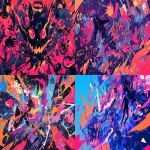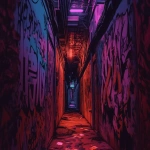Explore the Best AI Image Gallery
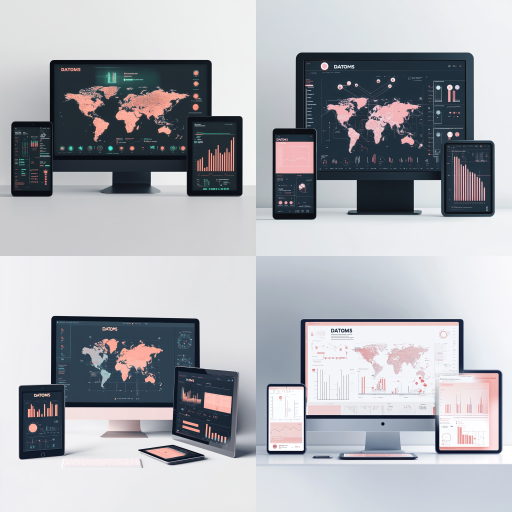
AI Pictorials: Sculpting Aesthetic Perception within the Digital Age
Unfolding a new epoch of expression and creativity, AI-generated images have started to contribute significantly to the landscape of visual arts and beyond. This blog post ventures into the heart of AI-created visualizations, dissecting their impact, evolution, and the ethical conundrums they raise.
The Artistic Impact
Conventional arts and AI-generated images may seem at loggerheads initially. The beauty of traditional art lies in human sentiment, intuition, and spontaneity, while AI crafts images through mathematical algorithms. However, this amalgamation of data-driven creativity and human expressiveness is transforming the artistic landscape.
AI-art collaborations are heralding a new artistic movement where AI is not just a tool, but a creative partner. In this newfound digital aesthetic, the machine’s lack of assumptions and biases produce images that are truly fresh and unprecedented, challenging our standard aesthetic values.
Potential Uses
AI-generated images aren't confined to arts. Their applications span across industries and fields.
- In advertising, AI can create tailored, unique visuals for targeted marketing campaigns.
- In architecture, urban planning, and interior design, AI can generate photo-realistic conceptualizations of building plans and interior spaces.
- In entertainment, customized character designs and environments are produced by AI for films, video games, and virtual reality.
Ethical Considerations
With great power comes great responsibility. AI-generated images raise several ethical concerns that demand deliberation.
- Intellectual Property: With AI as an active creator, who owns copyright? The artist, the software developer, or the AI?
- Manipulation: AI-generated deepfakes can cause disinformation and identity theft, casting shadows on the technology.
- The Job Market: Could AI tools take over people's jobs in creative industries?
Future Trends
As technology progresses, we're bound to see new and extraordinary developments. Visual models like Generative Adversarial Networks (GANs) are producing convincing, detail-rich images by learning from vast datasets. Companies are leveraging AI in creative retail strategies, like Adidas’ AM4 project, where shoes were designed using data from athletes.
Furthermore, as we continue grappling with the ethical dilemmas, legislative advancements will determine how AI-generated images transform our world.
To sum it up, AI's influence on image creation paves the way for a revolution in artistic expression. As we decode how this unfolds, we stand on the brink of a thrilling frontier, left to wonder about the limitless potential of human and AI collaboration.

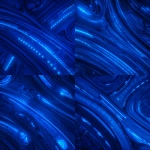

](https://images.ai-img.art/thumbnails/150/e407417f3921a9491278afc6484ec26f3ae374d4543e1a56898e8bcb1e41a0da.webp)
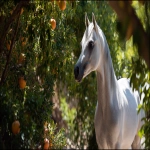
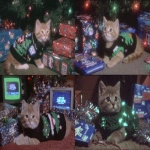
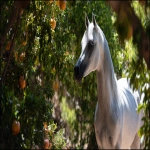


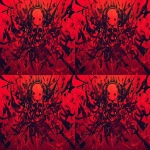
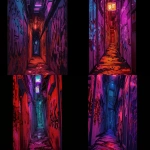
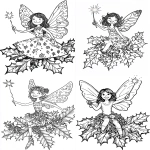

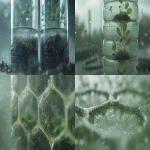


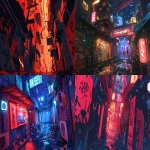
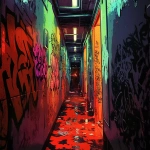
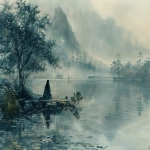
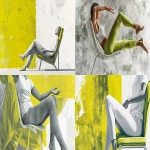
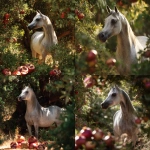
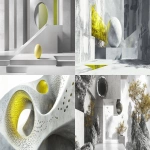


](https://images.ai-img.art/thumbnails/150/fd852e87169bf2f63982b31f7f16a8fa335d75d9536fd48c2b87c7d4b035fa7c.webp)
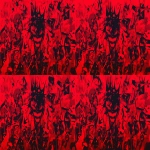
](https://images.ai-img.art/thumbnails/150/ed631f35091268316da1950d8f24949cf71c41220d75ddecc89232e1c28f3653.webp)
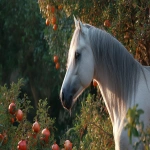

](https://images.ai-img.art/thumbnails/150/4dfe5499f7f4f9e5aa1613199c58710634f2cba5f57ac7e6717c1d56a9864e1a.webp)
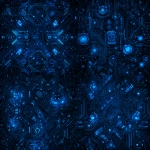
](https://images.ai-img.art/thumbnails/150/56d08b81b5991eca46f50c80b41db4e9ac06c775cbbf5138ea0734d93390316a.webp)

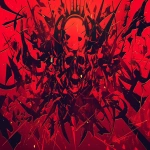
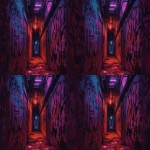

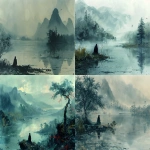
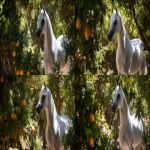
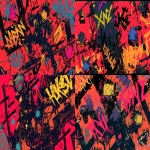

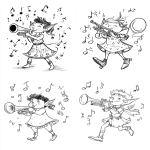

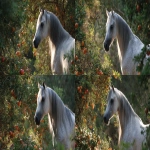
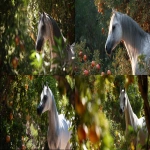
](https://images.ai-img.art/thumbnails/150/baf01e7f997f5bc030aa10831575d8b879a4a6755830df4bcd3dcc93346ef1dd.webp)


